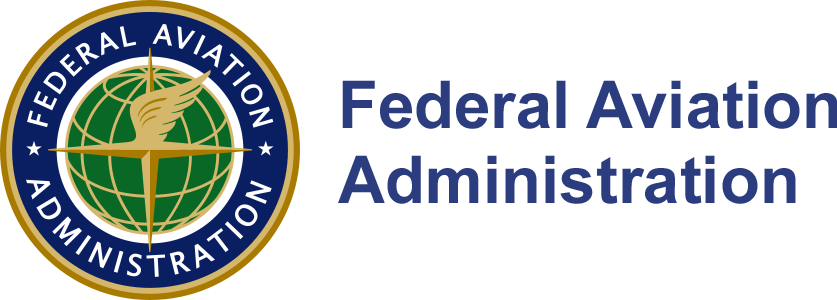Source: US FAA
The Federal Aviation Administration has awarded more than $121 million to airports across the country to reduce the risk of runway incursions. Projects will reconfigure taxiways that may cause confusion, install new lighting systems and provide more flexibility on the airfield.
“The FAA is serious about ending runway incursions and we are putting substantial resources behind our efforts,” said Associate Administrator for Airports Shannetta Griffin, P.E. “In some cases the best way to address safety risks is modifying or reconfiguring existing airfields – these grants directly address those situations.”
New projects announced today:
- Boston Logan International: $44.9 million to simplify airfield layout by removing part of Taxiway Q and F as identified in the airport’s runway incursion mitigation plan; rehabilitates Taxiway T, N and M pavement to ensure safe airfield operations and 10,083 feet of the existing Runway 15R/33L to maintain the structural integrity of the pavement and to minimize foreign object debris.
- Ted Stevens Anchorage International Airport: $39.8 million to simplify airfield layout by removing part of Taxiway Z to for geometric improvements; installs a new Taxiway E lighting system for Taxiway E and R to enhance safe airfield operations during low visibility conditions; extends Taxiway Z an additional 400 feet to meet the operational needs of the airport; widens Taxiway Z and E due to a change in the critical designaircraft using the airport and extends Taxiway R to meet the operational needs of the airport.
- Ronald Reagan Washington National Airport: $5 million to begin construction of new connector taxiwaysto Runways 1/19 and 15/33 to reduce the delays of existing traffic and reconfigures Taxiways J, K, L, N, N1, S and Hold Bays 15 and 19 to meet Federal Aviation Administration design standards.
- Willow Run Airport, Detroit, Michigan: $12.8 million to construct a 6,720 foot parallel Taxiway A to eliminate the need for aircraft to back-taxi on the runway.
- Eugene F. Kranz Toledo Express Airport, Ohio: $4.6 million to shift Taxiway B11 from its current airfield location to 450 feet east to meet FAA design standards and improve 16,450 square feet of the airport’s taxiway safety area erosion control system to eliminate ponding on airfield surfaces to meet Federal Aviation Administration design standards.
- Richmond International Airport, Virginia: $5.6 million to shift Taxiway E from its current airfield location to the north to meet Federal Aviation Administration design standards.
- Jackson Hole Airport, Wyoming: $2.6 million to construct a 1,500 foot Taxiway to eliminate the need for aircraft to back-taxi on the runway and to rehabilitate 2,400 feet of the existing Taxiway A pavement to maintain the structural integrity of the pavement and to minimize foreign object debris.
- Naples International Airport, Florida: $3.5 million to reconfigure Taxiway A at the intersection with Taxiway B to improve non-standard pavement geometry; shift Taxiway A3 and reconstruct 3,000 feet of the existing service road to enable the safe movement of vehicles and ground service equipment.
In March, the FAA held a Safety Summit to address recent incidents. The summit brought together leaders from across the aviation sector, including airlines, flight and ground crews, and air traffic control, to find potential causes and needed actions to uphold safety. Read more about the summit and actions, the agency has taken since then.
The FAA has introduced several runway safety technologies to provide pilots and controllers increased situational awareness.
- Runway Status Lights: The in-pavement lights alert pilots that entering a runway is unsafe due to other traffic on or approaching the runway.
- Airport Surface Detection Equipment, Model X (ASDE-X): A surveillance system using radar, multilateration and satellite technology that allows air traffic controllers to track surface movement of aircraft and vehicles. It or its sister system, Airport Surface Surveillance Capability, is located at the country’s 43 largest airports.
- ASDE-X Taxiway Arrival Prediction: Predicts when a pilot lines up to land on a taxiway and provides a visual and audible alert to controllers.
Read more about FAA runway safety technology.
The funding announced today comes from several sources, including the FAA’s Airport Improvement Program and the Bipartisan Infrastructure Law.

